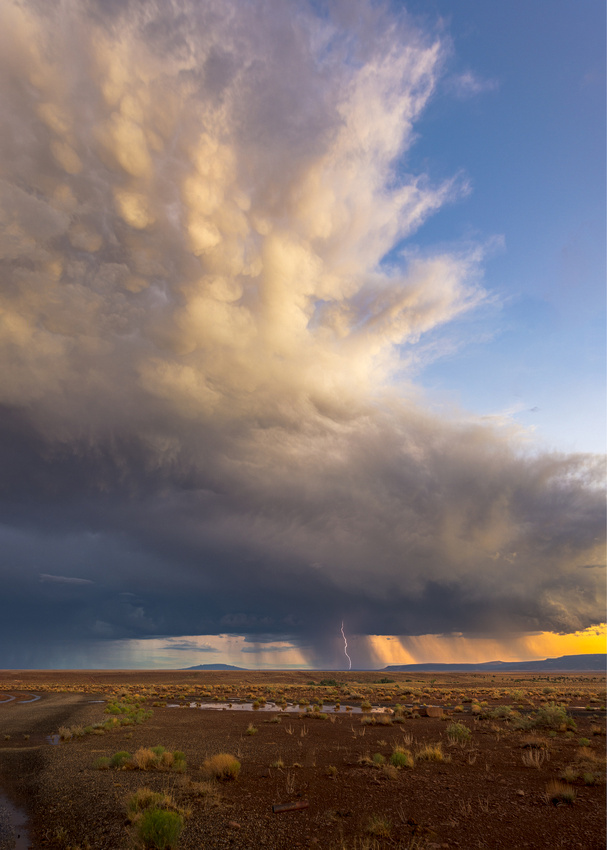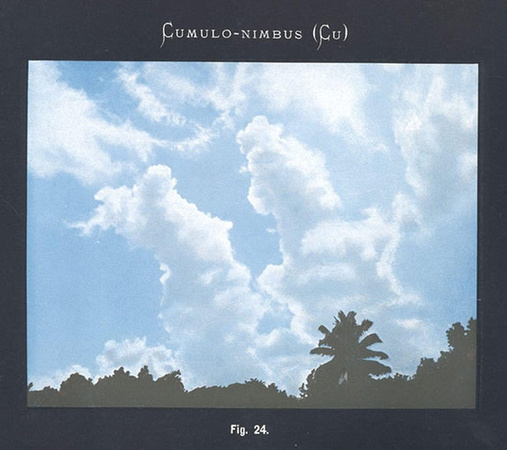Cloud 9


What is cloud nine? Have you ever wondered where that expression came from?
Before 1800, observers spoke of clouds as “essences” floating in the sky. Clouds had no names and were not well understood
In the early 1800s, clouds became a hot topic. Scientists and seafarers began to organize clouds into types.
Luke Howard (1773-1864) was an English pharmacist with an interest in clouds. As a hobby, he joined a group of scientists called the Askesians (searchers after knowledge). Members read their scientific papers to the other members.
Luke Howard’s turn to present came one night during the winter of 1802-03. His paper, “On the Modification of Clouds” was so well received that it was published. Today’s meaning of modification is classification.
We still use his basic scheme and the Latin names that Howard presented that night. They are cumulus, stratus, stratocumulus, nimbostratus, cumulonimbus, altostratus, altocumulus, cirrus, cirrostratus, and cirrocumulus.
0-9
The 1896 International Cloud Atlas (Hildebrandsson, Riggenbach and Teisserenc de Bort) introduced a universal language of cloud identification. In the Atlas, cumulonimbus, the greatest cloud in the world, was listed as Cloud 9. Zero represented the lowest clouds (stratus), and nine, the tallest clouds (cumulonimbus, or thunderstorm clouds).


Cumulonimbus (Cloud 9) from the 1896 International Cloud Atlas
The Shot
I always enjoy photographing storms at sunset. The low angle of the light and the warmth of the setting sun creates visual interest.
On this summer’s storm chase, we were following a small monsoon storm. When we ran out of passable road, we stopped the van and set up quickly for a few photographs of a Cloud 9 before the sun set and the light vanished.
The cloud type also mirrored our feelings as we watched this beautiful storm “spark” in the distance.
Thanks for looking,
Chuck Derus